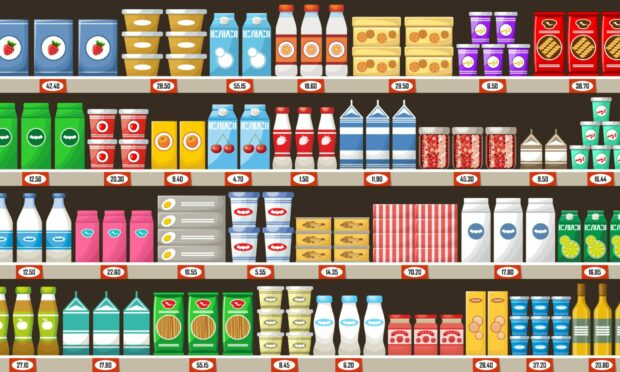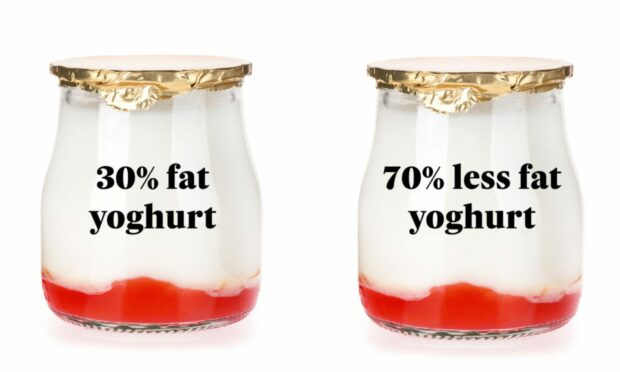In a world where everything is getting more fast paced, it can be hard to notice when you are being tricked by companies.
From online shopping to retail stores there are always offers, deals and ways of encouraging customers to purchase more expensive products. And that is exactly what the framing effect encourages you to do – spend more money.
For many, the arduous task of trying to constantly watch where you are being tricked can be tiresome.
However, in today’s food behaviour article I am going to explain one of the ways companies will try and confuse your brain to inevitably make you spend more money.
What is the framing effect?
The framing effect is when our decisions are altered based on the way in which information is presented to us.
These options are usually presented with positive or negative connotations.
Often decisions can be subconscious due to our brain using mental shortcuts to try and organise information in the fastest way.
However during these shortcuts, information can be misunderstood and result in consumers overpaying for a product or service.
Examples of framing
One example of the framing effect can be easily observed in supermarket aisles.
Say you are going to buy some low calorie yoghurt to accompany your fruit for lunch and you are faced with multiple options to choose from.
Once you have narrowed down to the flavour you want, you will usually break down the choice to two options.
For example you pick the two below:
- 30% fat yoghurt for £2.20
- 70% less fat yoghurt for £3.30
In this situation, if you are looking to buy the lowest calorie yoghurt your brain will naturally want the 70% less option as you see that as a positive. There’s 70% less fat.
However, there are just as many calories in the 30% fat yoghurt. Your brain is merely tricked into thinking 70% less is better than 30% and in turn, this ends up costing you £1.10 more, meaning there’s less money in your pocket and more in the businesses’.
Imagine if this happened for every item you purchase on a regular basis. Some consumers could end up forking out almost double the cost of a regular shop every week.
How to avoid the tricks
Although there is no real solution to beating the framing effect, because our brain will always use shortcuts, there is still a way of avoiding many of the tricks.
Being aware and acknowledging that our brain has this mental fallacy is the first step to being more conscious of your decisions. It is also important to note how the environment you are in can also influence our thoughts.
Secondly, pay close attention to the discounts you are being subjected to, offers on products, branding and the way in which big companies draw you in.
And you can also read reviews and do your research before purchasing bigger items as this will give you time to reflect on the money you are about to spend and will hopefully encourage you to look for the best deal that works for you, and not the companies.
By doing so you are far more likely to spot the framing effects and hopefully dodge the pricey alternative.
Mariam Okhai is a food and drink journalist who also researches food behaviour.
She has a Masters in Behavioural Science for Management from the University of Stirling. Her undergraduate degree was in Psychology and Business Economics with Marketing.
She is also a certified habit coach.
You can find out more about her research on her Behavioural Foodie website.
More from food behaviour…
Eye level is buy level: Surviving the sneaky psychology of supermarkets – plus top tips




Conversation